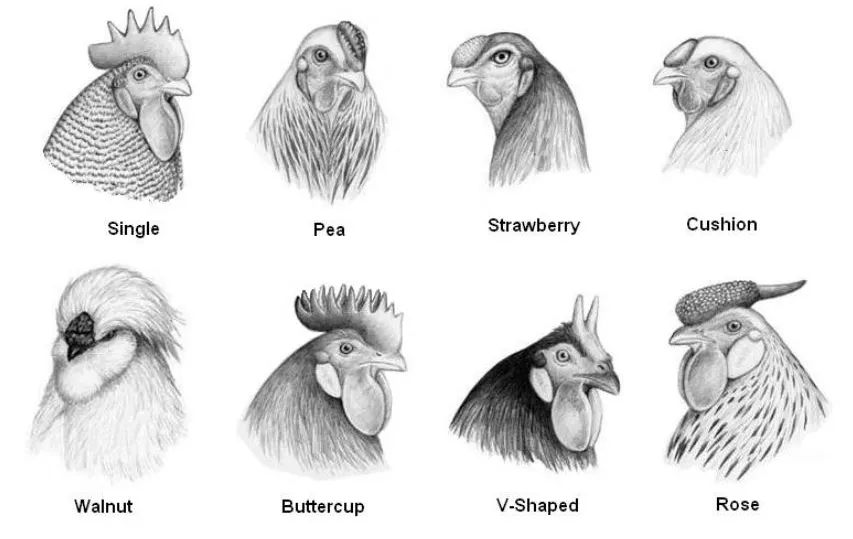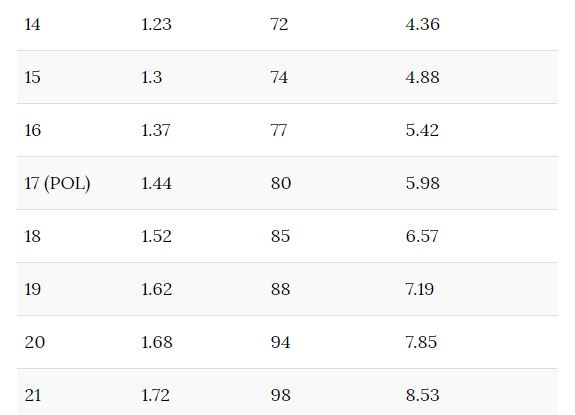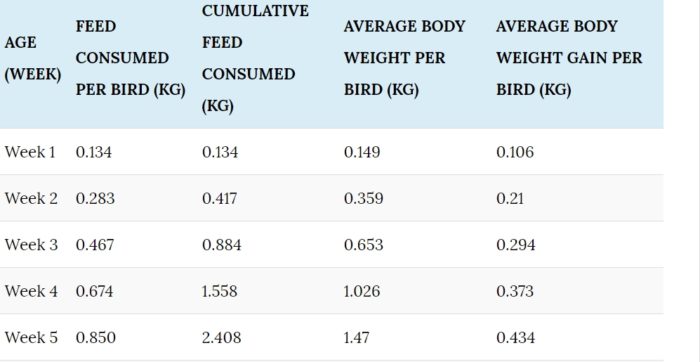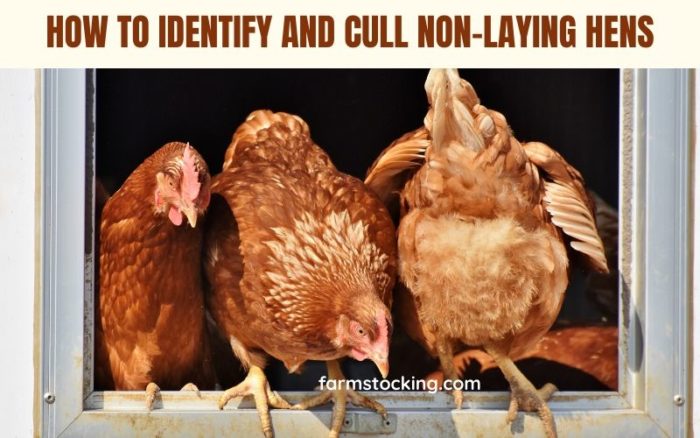Comb and wattles are two prominent organs on the head of chickens, but they serve more than just an aesthetic purpose. These organs play a vital role in the overall health and well-being of chickens. In this article, we will discuss the importance of comb and wattles in chickens and the roles they play.
Importance of Comb and Wattles
Comb and wattles are fleshy protuberances on the head and neck of chickens. The comb is located on top of the chicken’s head, while the wattle is located under the chin. They serve as an important indicator of the health and productivity of chickens. They are highly vascularized and play a significant role in regulating the bird’s body temperature. These features also help in identifying the gender of the chicken, where males usually have more prominent combs and wattles compared to females.
Different Types of Combs in Chickens
There are nine types of combs in chickens. They are:
- Single comb
- Rose comb
- Pea comb
- Walnut comb
- Strawberry comb
- Buttercup comb
- Cushion comb
- V-shaped comb
- Carnation comb

Here’s a brief description of each type of chicken comb along with some examples of chicken breeds that have them:
1. Single Comb: The most common type of chicken comb that is long, flat, and serrated-looking with a rear-facing spike. Breeds with single combs include Rhode Island Reds, Leghorns, Faverolles, Ayam Cemani, and Barnevelders.
2. Rose Comb: A low-profile comb that is wide at the front and tapers towards the back. Breeds with rose combs include Plymouth Rocks, Rhode Island Reds, and Wyandottes.
3. Pea Comb: A small comb that is made up of three distinct sections. Breeds with pea combs include Ameraucanas, Brahmas, and Sussex.
4. Walnut Comb: A small, oval-shaped comb that looks like a walnut. Breeds with walnut combs include Marans and Penedesenca.
5. Strawberry Comb: A flat and low-growing comb that is wider than it is tall. Breeds with strawberry combs include Ancona and Campine.
6. Buttercup Comb: A unique-looking comb that looks like two single combs have been added together. Breeds with buttercup combs include Sicilian Buttercups.
7. Cushion Comb: A very small and low-to-the-head comb that looks like a cushion or pillow. Breeds with cushion combs include Silkies.
8. V-shaped Comb: A V-shaped comb that looks like the devil’s horns. Breeds with V-shaped combs include Houdans.
9. Carnation Comb: A rare comb shape that looks like a single comb at the front but thickens towards the back and sprouts random protruding spikes producing the appearance of a blossom or crown. Breeds with carnation combs include Empordanesa and Penedesenca.
Each type of comb has its own unique characteristics and can be an important factor in identifying different breeds of chickens. Additionally, the size and shape of the comb can also indicate the age and health status of the bird.
Comb, Wattles and Chicken Health Status
When chickens are healthy, their comb and wattles will be a bright, vibrant red color, indicating good blood flow and proper oxygenation. If a chicken’s comb and wattles appear pale, bluish or have a dark or purplish tinge, it can indicate a health issue.
For example, pale or bluish comb and wattles can indicate that the bird is anemic. This can be caused by a variety of factors, such as parasitic infections or a nutritional deficiency such as iron. A dark or purplish tinge to the combs and wattles can indicate that the bird is not receiving enough oxygen, which can be caused by respiratory infections or other respiratory issues. Purple comb and wattles are indications of fowl cholera.
In addition to the color of the comb and wattles, their size and shape can also be indicative of the bird’s health. A healthy chicken will have well-developed comb and wattles that are free from any deformities or abnormalities. If the comb or wattles are unusually small or underdeveloped, it may indicate a hormonal imbalance or other health issues.
Comb and wattles can also indicate the laying status of hens. When hens are in peak egg production, their combs and wattles will be larger and more vibrant in color.
It is important for chicken owners to regularly check their birds’ comb and wattles to monitor their health status. Any changes in color, size, or shape should be taken seriously and investigated promptly to ensure that the bird receives the appropriate treatment. By monitoring the health of combs and wattles, chicken owners can help to maintain the overall health and well-being of their birds.




